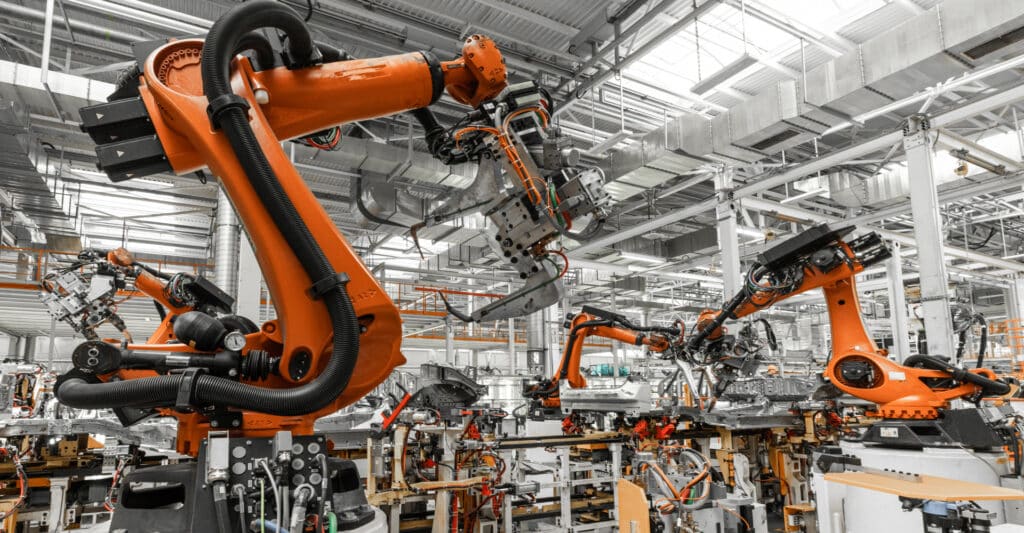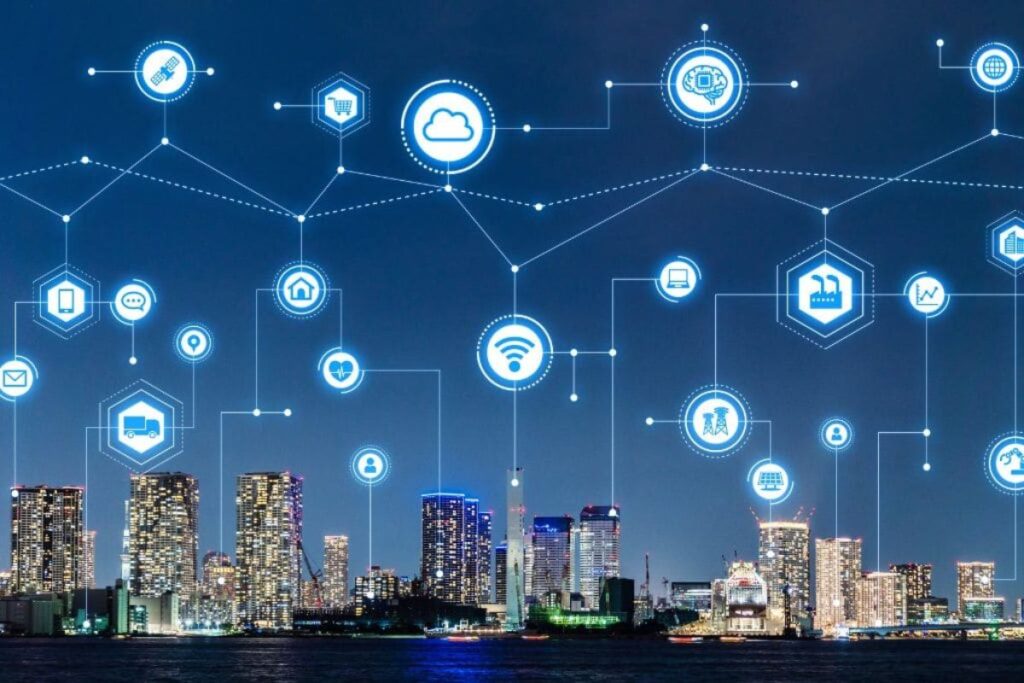In the dynamic landscape of technological innovation, a remarkable convergence has taken place—Cyber-Physical Systems (CPS). This groundbreaking integration of physical systems with computing and communication technologies has paved the way for remarkable advancements in various domains, such as smart cities and industrial automation. CPS brings together sensors, actuators, networks, and intelligent algorithms to create a seamless fusion of the physical and digital worlds.
Cyber-Physical Systems (CPS) refer to the integration of physical systems with computing, communication, and control technologies. CPS builds upon the synergy between the physical and digital realms, enabling real-time monitoring, data exchange, and intelligent decision-making. By combining sensors, actuators, networks, and computational algorithms, CPS enhances the capabilities of physical systems, opening new horizons for automation, efficiency, and optimization.
Contents
The Components of CPS
At the core of CPS are physical components, which include sensors, actuators, machinery, infrastructure, and devices embedded within various systems. These components gather data from the physical environment, interact with it, and respond to commands. CPS leverages powerful computing platforms and communication networks to process data, enable real-time control, and facilitate seamless information exchange between physical and digital systems. These technologies serve as the backbone of CPS, supporting intelligent decision-making and enabling swift responses.
CPS harnesses the power of data analytics and intelligent algorithms to extract meaningful insights from the vast amount of data generated by physical systems. These algorithms enable real-time monitoring, predictive analysis, and decision support, optimizing system performance and enabling proactive maintenance.
Advancements in Smart Cities
CPS plays a pivotal role in transforming traditional urban landscapes into intelligent and sustainable smart cities. By integrating physical infrastructure with CPS technologies, cities can enhance their efficiency, security, and overall quality of life for residents. But how?
CPS facilitates the development of intelligent transportation systems, enabling real-time monitoring of traffic flow, optimizing signal timing, and implementing adaptive traffic management. By reducing congestion, enhancing safety, and promoting sustainable mobility, CPS-driven ITS revolutionizes urban transportation. CPS also empowers smart grids with real-time monitoring, load balancing, and demand response capabilities. By integrating renewable energy sources, energy storage systems, and smart meters, CPS-enabled smart grids optimize energy distribution, reduce waste, and promote energy efficiency.
In addition, CPS enables continuous monitoring of critical urban infrastructure such as bridges, buildings, and water systems. Real-time data collection and analysis allow for early detection of faults, ensuring timely maintenance and preventing potential disasters.
Industrial Automation
In the domain of industrial automation, CPS brings revolutionary advancements that optimize production processes, increase productivity, and enhance safety. CPS transforms traditional manufacturing facilities into cyber-physical manufacturing systems, integrating sensors, robotics, and intelligent algorithms. Real-time data collection and analysis enable adaptive manufacturing, predictive maintenance, and efficient supply chain management.
In addition, CPS enables the deployment of autonomous robots and intelligent machines in industrial settings. These systems, equipped with sensors and communication capabilities, interact with the physical environment, adapt to changing conditions, and collaborate with human operators to streamline production workflows.
CPS also allows for remote monitoring and control of industrial processes, facilitating real-time decision-making and enabling efficient resource allocation. This capability not only enhances operational efficiency but also reduces downtime and maintenance costs.
Security and Challenges in CPS
As CPS proliferates, ensuring the security and resilience of these systems becomes crucial. The interconnected nature of CPS exposes them to potential cyber threats and vulnerabilities. Safeguarding CPS requires robust security measures, including encryption, authentication, access control, and intrusion detection systems. Additionally, addressing privacy concerns and managing the massive amount of data generated by CPS pose ongoing challenges that require careful consideration and regulation.
Cyber-Physical Systems (CPS) represent a groundbreaking integration of physical and digital technologies, revolutionizing the way we interact with the world. From smart cities to industrial automation, CPS unleashes a new wave of innovation, efficiency, and connectivity. By leveraging sensors, communication networks, and intelligent algorithms, CPS enhances the capabilities of physical systems, paving the way for a smarter, more sustainable future. As CPS continues to evolve, it is crucial to address security concerns, tackle challenges, and foster collaboration between various stakeholders to fully unlock its transformative potential.




